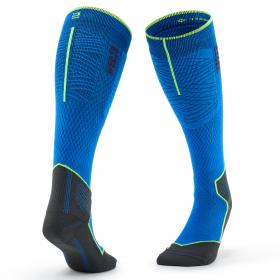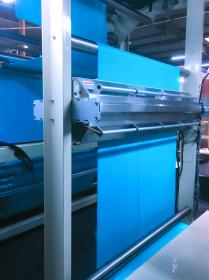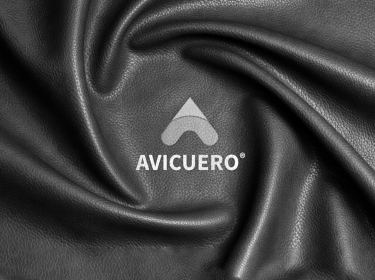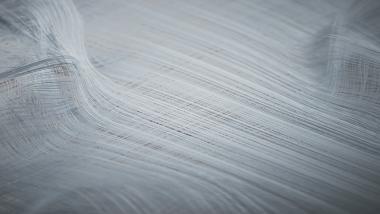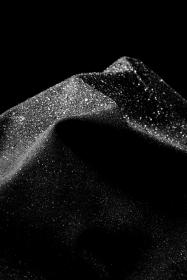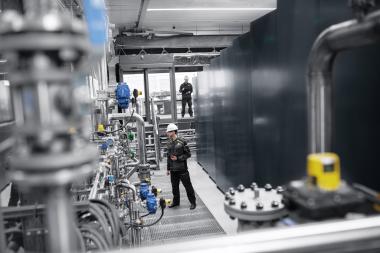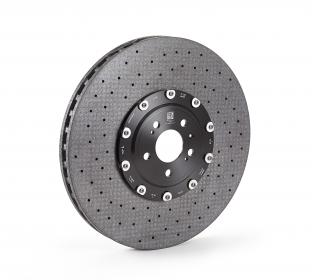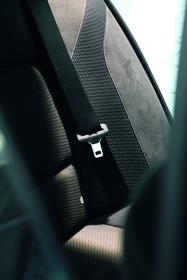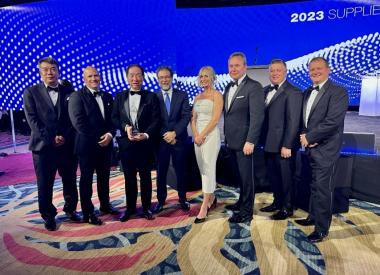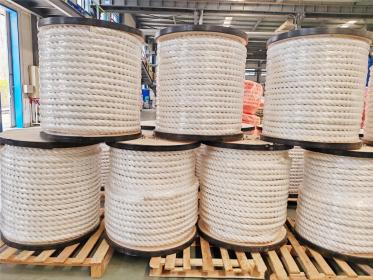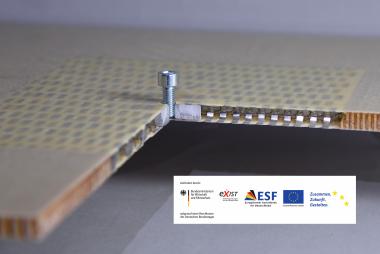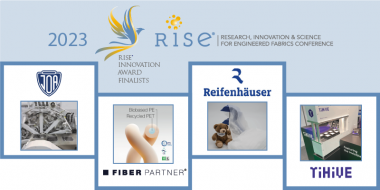DEVAN REPEL: A new brand in the water repellency market
In a world where water-repellent textiles play an important role in various industries, Pulcra Chemicals has joined forces with its subsidiary, Devan Chemicals, to introduce DEVAN REPEL. The first product, DEVAN REPEL ONE, is a durable water repellent for Polyester and blends. The development of DEVAN REPEL ONE is a joint to Devan and Pulcra's dedication to innovation and sustainability.
The solution offers a range of benefits:
- Superior Performance: The technology offers outstanding water repellency performance, ensuring that textiles remain dry. Whether it's rain and outdoor wear, outdoor furnishing, shower curtains or multiple technical textiles, the new solution can handle it, making it a strong choice for industries where water resistance is paramount.
- Flexibility: The versatility of this technology can be applied to a wide range of materials, with especially good results on polyester and its blends, offering flexibility for various applications across industries.
- Enhanced Sustainability: This technology is free from perfluorinated compounds (PFCs), and free from isocyanates.
- Longevity: Products treated with this water repellency technology are protecting from the elements for a longer lifespan.
Performance, particularly on effect durability, can be boosted to meet different requirements with new DEVAN EXTENDER GEN3. This extender is free of Isocyanate, Butanone-oxime and 2-dimethylpyrazole.
Pulcra Devan Chemicals NV water repellence water repellent durable water repellency
Devan Chemicals NV








